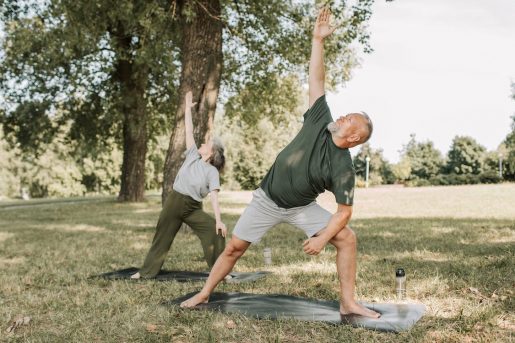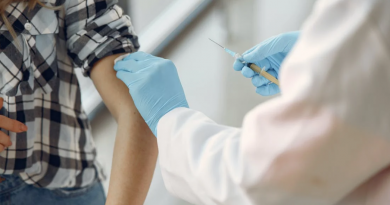The added benefits of keeping fit: maintaining sexual fitness in men
In the vast realm of health guidance, where exercise is revered as a holistic remedy impacting cardiovascular health, mental acuity and physical form, a critical gap exists in understanding its effects on sexual health.
Recent research has delved into the intricate interplay between exercise, cardiovascular health and sexual well-being, revealing implications that extend beyond the physical benefits of an active lifestyle. In exploring the relationship between exercise and sexual health in men, the focus naturally shifts to erectile dysfunction (ED), which not only acts as a nuanced indicator of sexual well-being but also serves as a significant marker for underlying cardiovascular issues. This illuminates a comprehensive approach to health, recognizing the interconnectedness of cardiovascular and sexual health within the broader context of men’s well-being.
A recent study has strengthened this connection, suggesting that exercise could rival Viagra in enhancing erectile function. Aerobic exercise was particularly beneficial for men with a lower baseline International Index of Erectile Function – Erectile Function (IIEF_EF) score. However, the impact of aerobic exercise on erectile function was significant across all IIEF-EF scores, suggesting that all men benefited from it. This not only underscores the effectiveness of exercise but also challenges our conventional understanding of the avenues leading to sexual well-being.
Aerobic exercise could be considered a low-risk therapy for men with ED, and it can accomplish this through various mechanisms. Not only can it improve overall cardiovascular health, but it can also reduce body weight, lower blood pressure and improve blood sugar control, all of which are risk factors for ED. Exercise can also improve endothelial function by increasing nitric oxide production and endothelial progenitor cell growth. Lastly, it can help increase testosterone concentration.
As we unpack these findings, the implications resonate not only within the scientific community, but also through healthcare policies and individual choices. Imagine a scenario in which a prescription pad shares space with a personalized exercise routine, where physicians advocate for lifestyle changes as potent as any pharmaceutical intervention. Although some doctors (like cardiologists) regularly do this, many other physicians don’t do this as much as they should. We need to view the body as an intricate web, with all systems working together instead of separately.
For the public, this revelation serves as a call to action – an invitation to reconsider the role of exercise not just to sculpt the body, but as a pathway to enhancing the quality of intimate relationships. It challenges us to view exercise not merely as a routine on the gym floor, but as a prescription for a healthier, more fulfilling life that improves not just our quantity, but also our quality of life.
This invites us to embrace a holistic approach to health – one that acknowledges the interconnectedness of physical well-being, intimate satisfaction and the profound impact of personal choices. It returns power to the patient to take control and ownership of their health.
By Dr. Mohit Khera, director of the Laboratory for Andrology Research at McNair Medical Institute, Baylor College of Medicine, and medical director of the Executive Health Program at Baylor; Gal Saffati, research assistant, Department of Urology at Baylor; Daniela Orozco-Rendon, student helper, Department of Urology at Baylor.



